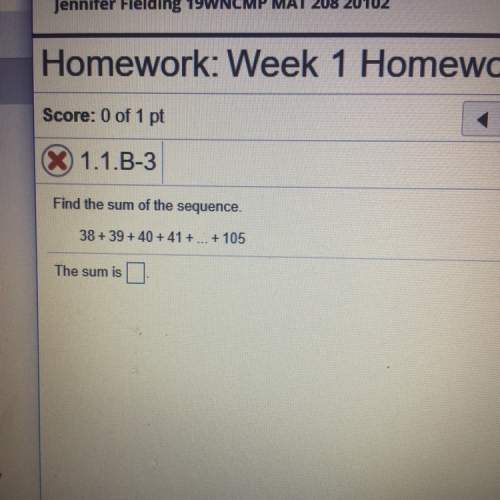
Mathematics, 05.07.2020 14:01 bigmouth804
Consider the function f(x)=−x24−6. In this problem you will calculate ∫40(−x24−6)dx by using the definition ∫baf(x)dx=limn→[infinity][∑i=1nf(xi )Δx] The summation inside the brackets is Rn which is the Riemann sum where the sample points are chosen to be the right-hand endpoints of each sub-interval. Calculate Rn for f(x)=−x24−6 on the interval [0,4] and write your answer as a function of n without any summation signs. You will need the summation formulas from your textbook.

Answers: 2


Other questions on the subject: Mathematics


Mathematics, 21.06.2019 17:20, clairajogriggsk
Consider the proof. given: segment ab is parallel to line de. prove: what is the missing statement in step 5?
Answers: 2

Mathematics, 21.06.2019 18:00, logansgirl3228
Don't know how to find x given these segment lengths
Answers: 1
You know the right answer?
Consider the function f(x)=−x24−6. In this problem you will calculate ∫40(−x24−6)dx by using the def...
Questions in other subjects:

Arts, 12.11.2021 01:40

Biology, 12.11.2021 01:40


Biology, 12.11.2021 01:40

Mathematics, 12.11.2021 01:40

Biology, 12.11.2021 01:40


History, 12.11.2021 01:40

Mathematics, 12.11.2021 01:40

English, 12.11.2021 01:50




